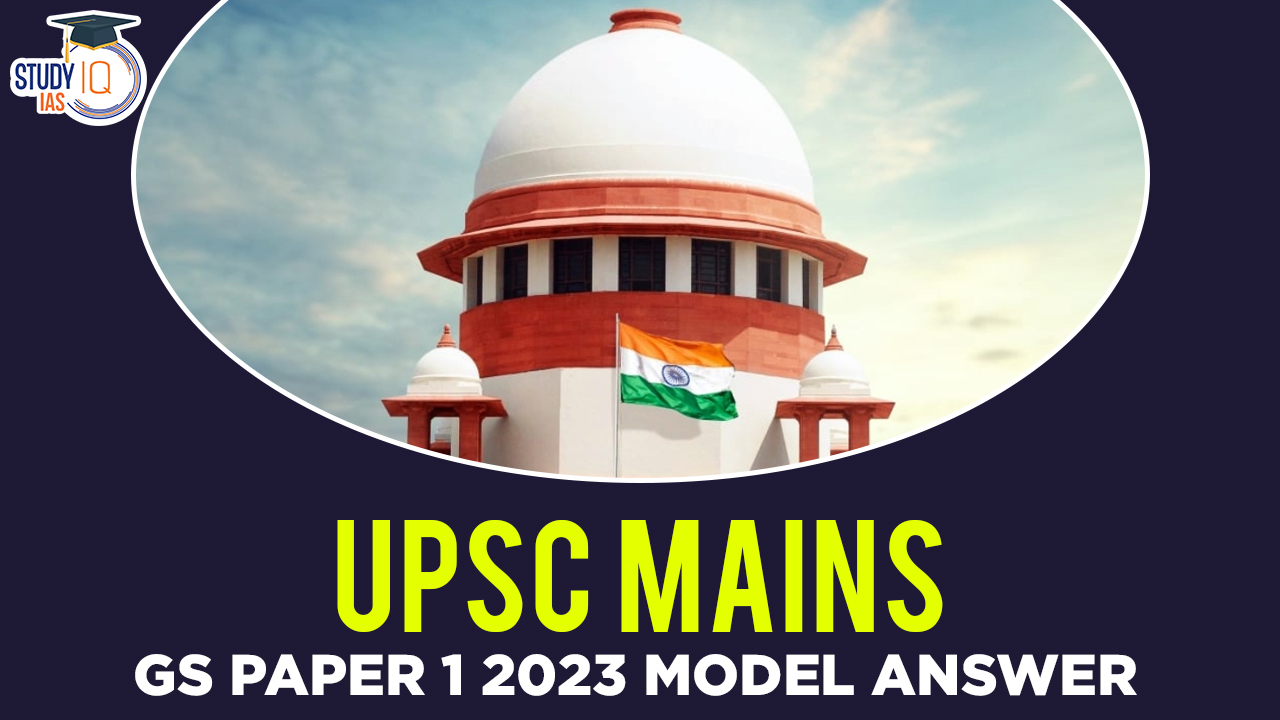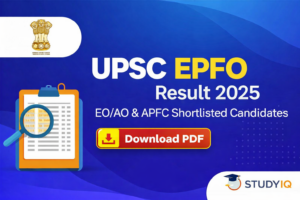Table of Contents
Q5. Why is the world today confronted with a crisis of availability of and access to freshwater resources. (10m) – Geography
आज विश्व ताजे जल के संसाधनों की उपलब्धता और पहुँच के संकट से क्यों जूझ रहा है?
Introduction
- Start with status of water scarcity of freshwater resources in the world- Substantiate with data:
- UN Water Development Report, 2023– Between two and three billion people worldwide experience water shortages. These shortages will worsen in the coming decades, especially in cities
- UNICEF- Half of the world’s population could be living in areas facing water scarcity by as early as 2025. Some 700 million people could be displaced by intense water scarcity by 2030.
Body
Reasons for the crisis of availability of freshwater resources
- Limited Freshwater: Only 3% of water present on earth is freshwater, out of which 2% is frozen in the form of ice caps, making it unavailable for use.
- Population Growth: India has only 4% of the world’s fresh water resources despite having 18% of the world’s population.
- Over-extraction: E.g. Agriculture is responsible for approximately 70% of global freshwater use.
-
- Climate Change: E.g. Hindu Kush Mountains could lose up to 80% of its glacier volume by this century impacting water availability.
- Water Pollution: from agricultural runoff, industrial waste, and sewage is contaminating freshwater supplies. E.g. Acc. to the Central Pollution Control Board, Indian cities are home to 30 percent population but contribute 70 percent to water pollution.
- Deforestation: disrupt the natural water cycle, reducing the availability of freshwater through decreased rainfall and increased runoff.
Reasons for the crisis of access to freshwater water resources
- Geographical Disparities:. E.g. countries in sub-Saharan Africa, such as Somalia, Sudan, and Chad have poor access to freshwater
- Economic Disparities: E.g. 1 in 10 people still lack basic services, including the 144 million who drink untreated surface water. (WHO 2019 Report)
- Poor Water Management: E.g. India receives an average annual rainfall of 1170 mm, poor storage infrastructure allows it to store only 6 percent of rainwater.
- Political Factors: E.g. Interstate water disputes in India (Cauvery water dispute)
Way Forward
- Water Conservation: (e.g. Namma Ooru-Namma Veetu’ /Our town, our house of Tamil Nadu)
- Sustainable agricultural practices: such as precision agriculture, agro-ecological farming practices, micro irrigation, crop rotation, and conservation tillage etc. (e.g. Mera Paani Meri Virasat, Haryana Govt)
- Role of technology: usage of smart irrigation systems, water-efficient appliances, wastewater treatment, and desalination plants etc.
- Water neutrality: NITI Aayog’s report estimates that following water neutrality standards could save 38.23 billion cubic metres of water over the next decade.
Check out the UPSC Mains GS Paper 1 2023 Analysis with detailed expatiation of the topics of Mains GS Paper 1 By the Study IQ Experts.


 UPSC EPFO Result 2025 Out: EO/AO and APF...
UPSC EPFO Result 2025 Out: EO/AO and APF...
 UPSC CSE Interview Schedule 2025: Dates,...
UPSC CSE Interview Schedule 2025: Dates,...
 UPSC EPFO Cut Off 2025 (Expected): Categ...
UPSC EPFO Cut Off 2025 (Expected): Categ...

























